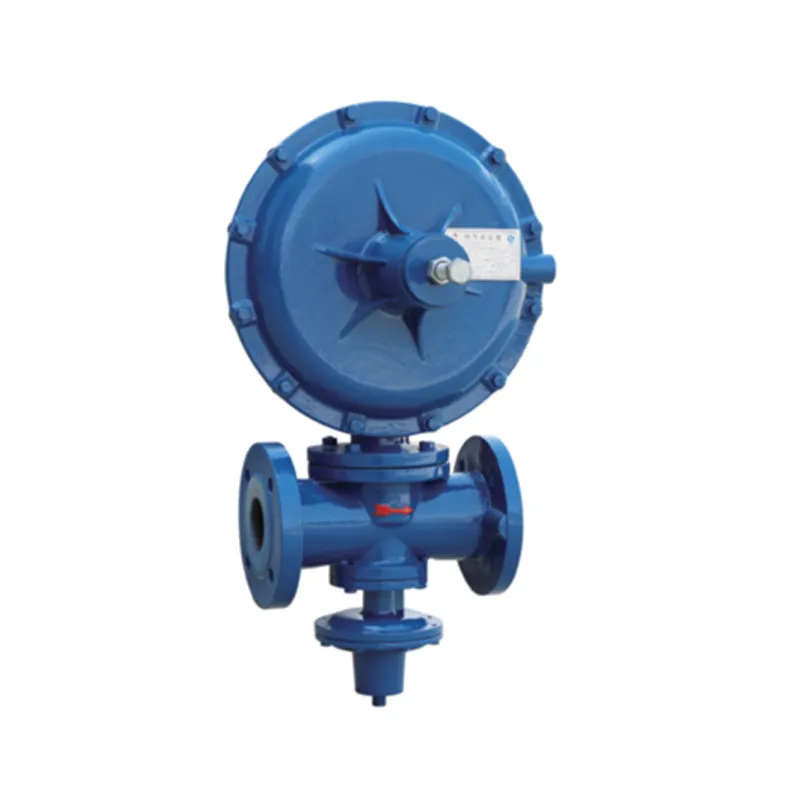
Nov . 07, 2024 12:53
Back to list
Pressure Reduction Station Overview and Functionality Analysis
The Importance of Pressure Reduction Stations in Natural Gas Systems
Natural gas is an essential energy source worldwide, and its efficient and safe distribution relies heavily on various infrastructures, including pressure reduction stations (PRS). These stations play a crucial role in ensuring that the natural gas delivered to consumers is at a safe and usable pressure. This article explores the significance, operation, and benefits of pressure reduction stations.
What is a Pressure Reduction Station?
A pressure reduction station is a facility designed to reduce the high-pressure gas transported through pipelines to a lower, manageable pressure suitable for distribution to homes and businesses. High-pressure natural gas, typically transported at pressures ranging from 500 psi to over 1,000 psi, must be safely reduced to around 60 psi or lower for residential use. The PRS performs this task efficiently, allowing for safe transportation and utilization.
How Does a Pressure Reduction Station Work?
The operation of a PRS is relatively straightforward. The incoming high-pressure gas passes through a series of components designed to safely reduce its pressure. The primary components of a pressure reduction station include
1. Inlet Valve This valve controls the flow of high-pressure gas entering the station.
2. Pressure Regulator The most critical component, the pressure regulator automatically adjusts the pressure of the incoming gas to maintain a constant, lower output pressure, despite fluctuations in inlet pressure or demand from the downstream users.
.
4. Outlet Valve Once the gas is properly regulated, it exits through the outlet valve, ready for distribution to customers.
محطة تخفيض الضغط

5. Safety Devices PRS installations are equipped with safety relief valves and alarm systems to prevent over-pressurization and ensure the safe operation of the system.
The Importance of Pressure Reduction Stations
1. Safety The primary function of a pressure reduction station is to enhance safety. High-pressure gas can pose significant risks, including explosions or fires if not handled properly. By reducing the pressure before it reaches end-users, PRS minimizes these dangers.
2. Reliability Pressure reduction stations help provide a consistent and reliable supply of natural gas. By managing fluctuations in pressure and demand, they ensure that consumers receive gas at the required pressure levels without interruption.
3. Efficiency By efficiently reducing pressure, these stations help optimize the flow of gas through the distribution network. This optimization results in lower energy losses and reduced operational costs for gas utilities.
4. Infrastructure Support As urban areas grow and energy demands increase, pressure reduction stations support the infrastructure needed to deliver natural gas. They allow for the expansion of gas networks into new areas without compromising safety or efficiency.
5. Environmental Benefits Properly functioning pressure reduction stations contribute to environmental protection by preventing leaks and ensuring that natural gas, which is a cleaner-burning fossil fuel compared to oil and coal, is used effectively.
Conclusion
In conclusion, pressure reduction stations are a vital component of the natural gas distribution system. They not only ensure the safe transformation of high-pressure gas to manageable levels but also contribute to the reliability and efficiency of energy delivery. As the demand for natural gas continues to rise, and as infrastructure technology advances, the role of pressure reduction stations will only become more pronounced, supporting the safe and sustainable energy needs of society. Investing in the maintenance and development of these critical facilities is essential to meet future energy challenges and ensure a stable and secure natural gas supply.
Latest news
-
Safety Valve Spring-Loaded Design Overpressure ProtectionNewsJul.25,2025
-
Precision Voltage Regulator AC5 Accuracy Grade PerformanceNewsJul.25,2025
-
Natural Gas Pressure Regulating Skid Industrial Pipeline ApplicationsNewsJul.25,2025
-
Natural Gas Filter Stainless Steel Mesh Element DesignNewsJul.25,2025
-
Gas Pressure Regulator Valve Direct-Acting Spring-Loaded DesignNewsJul.25,2025
-
Decompression Equipment Multi-Stage Heat Exchange System DesignNewsJul.25,2025

